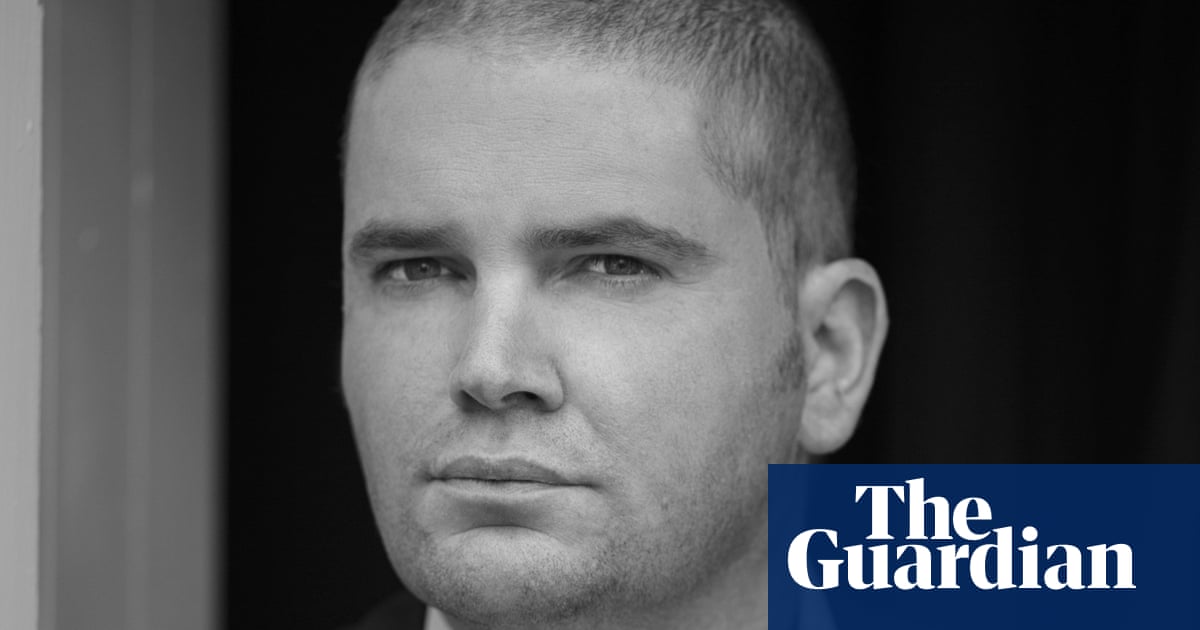A companion to Paraic O’Donnell’s’s 2018 gothic mystery The House on Vesper Sands, The Naming of the Birds unfolds with rising tension and expert pacing.
The novel opens in 1872 at a seemingly remote cluster of buildings where reprehensible adults inflict secrets and sadism on children who have survived a fire. The adults withhold the children’s original names, and call them after birds. Nightingale’s watchfulness is notable among her peers. She understands the children’s situation: “They are nothing now, and they are nowhere.”
Flash forward more than two decades to 1894 London, and the reader encounters Inspector Cutter, his sergeant, Gideon Bliss, and their ally, journalist Octavia Hillingdon. Just as Nightingale is moulded by her isolated, nameless environment, so London shapes Cutter, Bliss and Hillingdon. As Cutter puts it: “London is the belly of a beast that has flung its claws too wide. Its treasures are heaped on a midden, where bodies with hatchets in their backs have been piling up for a thousand years.” His language elsewhere – “You creeping streak of nursling’s shite” – could land him a role in a Victorian version of The Thick of It.
Cutter declares that he might soon be London’s latest victim: “Within the next hour, Bliss, someone of our acquaintance will come through that door. He will be coming to give me the name of a dead man, and that name might well be my own.”
Instead, the victim is Sir Aneurin Considine, one of several high-profile Londoners who turn up dead. Is it the privileged offing the privileged? “There is nothing our betters enjoy more than knifing each other.” Enter Mrs Lytton, niece of Considine, who fancies herself one of the “people of consequence”. She is blunt about how one becomes consequential. “We have our places, because we whored out the right daughter, or we lay still under the right dotard, or we paid for the right war.” O’Donnell’s virtuosic style, a mashup of Henry James and Frankie Boyle, is worth the admission price alone.
Cutter, Bliss and Hillingdon press on with the investigation, pursued as much as pursuing. After a clandestine journey, the three arrive at the Natural History Museum’s gallery of birds. Here life-and-death movements take place in the shadows, in obscured alcoves, with double-quick speed, preventing even those present being certain of exactly what has happened. The murderer “pivots like a vane in a storm”, possessing a “gift for going unseen”.
If only abuse of women and children by employers, politicians, the wealthy and entitled were fictional rather than perennial. The novel speaks to the present as well as the Victorian era; the 47th US president once said: “When you’re a star … you can do anything.” Nightingale retorts: “It always comes down to mastery with men of that kind. Nothing ever left untouched.”
Bruce Krajewski is translator and editor of Salomo Friedlaender’s Kant for Children. The Naming of the Birds by Paraic O’Donnell is published by Weidenfeld & Nicolson (£20). To support the Guardian and the Observer buy a copy at guardianbookshop.com. Delivery charges may apply.
after newsletter promotion
